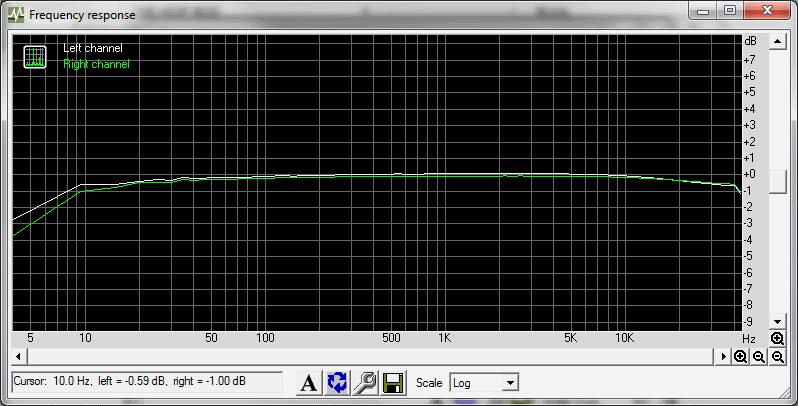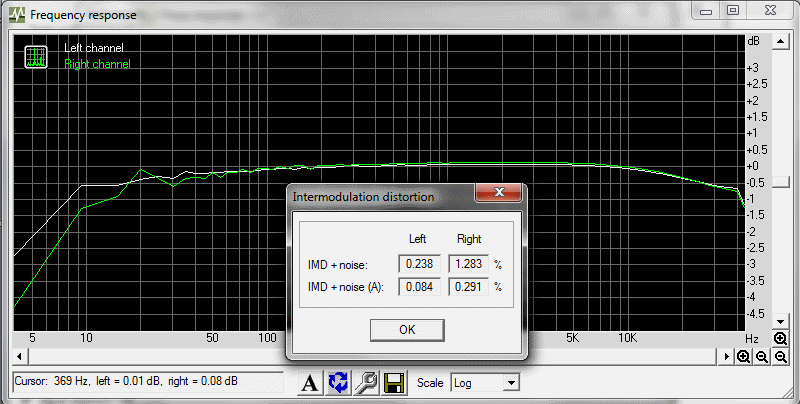creal
Well-known member
Kingston said:alexc said:So - while I have no doubt that these things can improve performance on it's predecessor, it remains very close to it!
Along with the new features and the simplification of the psu design and build, it could well represent a real step forward in buildability and stability. And an incremental improvement in performance, tube and other matching issues allowing.
I would surely see it as a MkII version of the mighty and controversial PM660 (actual might may vary)
Fine, I'll keep this new proto to myself then, since it will always be just "MKII". A variable load DOA sidechain with threshold, which further simplifies the PSU and improves performance and safety, needs one less transformer, has an easy to use tube matching rig incorporated to it. But like you said "remains very close to the original". Since apparently all this design is as simple as "adding a cap" looks the folks here can take over. As a bonus I no longer have to shift through datasheets, calculate bias points and loads or measure a thing.
If only somebody had told me earlier it was this easy!
Very sad to read this news, personally i'll like to try this proto. with your agreement, of course...
Like everybody in this place, i know your works and the different mods you've made before.
Always, pertinent observations, advises and high grade builds.
Don't leave this new varimu as proto, i'm sure many peoples will find this new project interesting and useful in their setup after try it.
Peace,
cyril




































